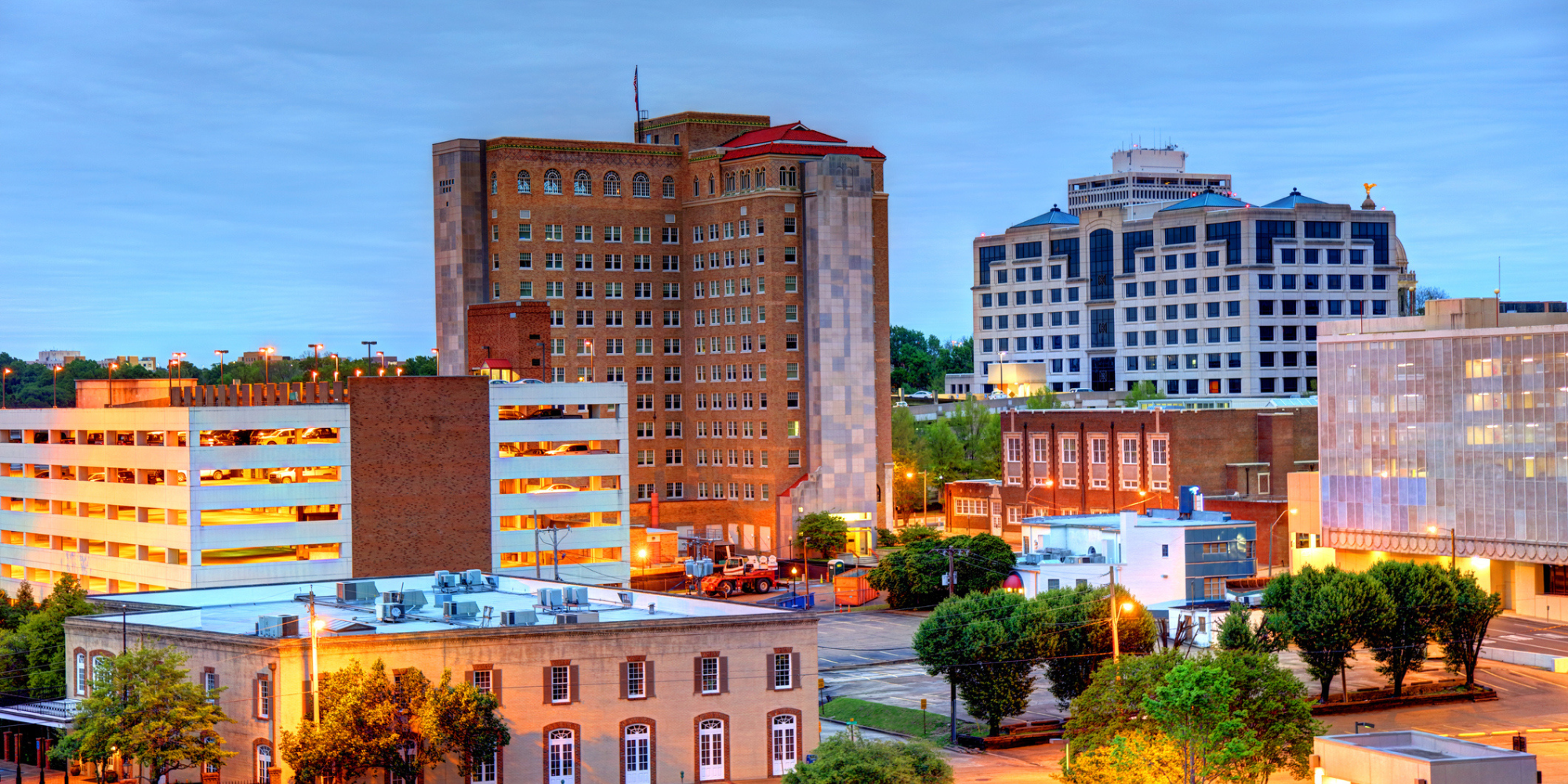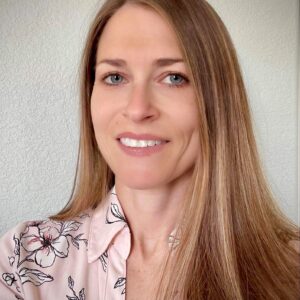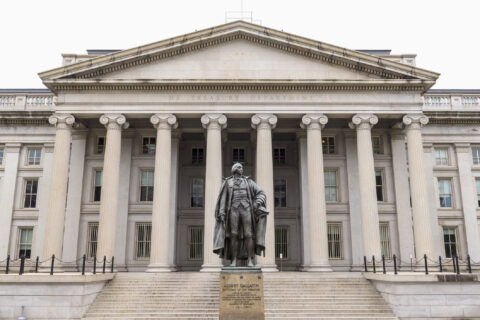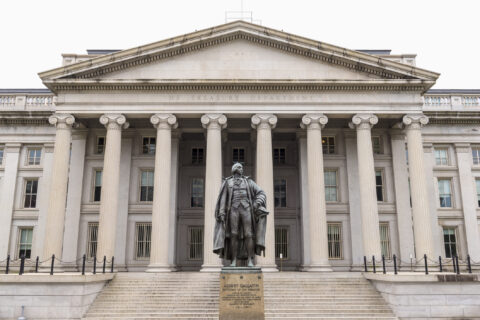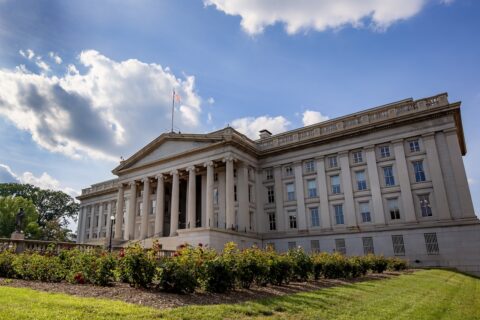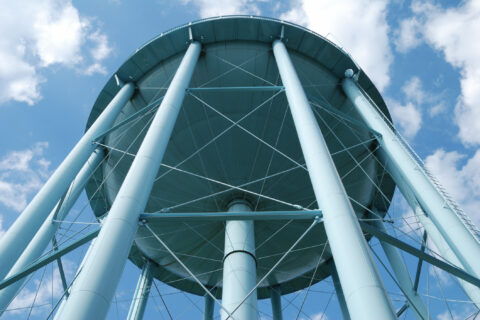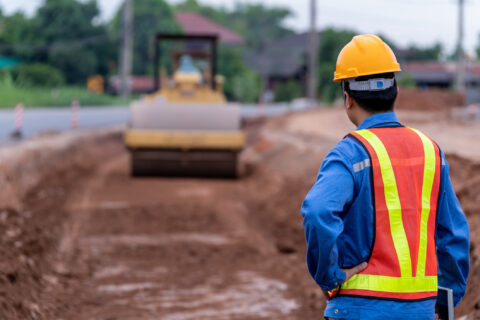When you hear the word grant, you might feel excitement, dread or both. The White House announcing over $550B in Federal Funds certainly feels exciting, but are those funds attainable for your community? The thought of being awarded money to improve your community is likely enough to get any municipality to consider a grant. However, navigating grants, where to find them, how to find them, how to apply, and how to strengthen your application can be overwhelming, confusing, or daunting even.
Acknowledging this struggle, NLC piloted the Great Lakes Federal Grant Navigation Program (FGNP) which is structured around helping small to medium sized municipalities navigate the grant process. With a focus on leveling the playing field, the program offers state navigators, a data analyst, a needs assessment, and grant navigators. The grant navigators have the capacity to create a summary for grant opportunities and review grant drafts, offering multiple revisions. With the gracious support of the Joyce Foundation and added support from the Missouri Foundation for Health, the Great Lakes FGNP is offered to municipalities in the states of IL, IN, MI, MN, MO, and WI at no cost.
During our interactions with city leaders, we noticed a trend in the difficulty our municipalities were experiencing in finding and navigating grants. For those applying for grants for the first time, it can be overwhelming figuring out where to even start. With this in mind, we brought in our state navigators, sponsors, legislative directors, grant navigators, and city leaders to share lessons learned and advice in our All-State Webinar on June 30, 2022. Our goal was, and continues to be, to help make new investments a reality for your communities.
Ready to start? There’s a lot that can be done in preparation for seeking grant opportunities. One of our Michigan Village Presidents, Ann Pridemore, who utilized the Great Lakes FGNP to find grant success for her village of 6,000, recommended creating a checklist of items needed prior to applying. Items to consider are getting your SAMs number, getting any required local grant numbers, and signing up for email notifications for funding opportunities at the state and federal levels. Another way to get ahead is to look at the federal agencies and review their previous grant opportunities to help prepare yourself for future opportunities. Also, look to your neighbors to see what they are getting funded and how. Preparing in advance will allow you to posture yourself for the right grant opportunity.
Searching for grants and reading the Notice of Funding Opportunities (NOFOs) can be labor intensive. Some consistent resources mentioned throughout the webinar were state leagues and state agencies. You will find that a lot of federal funding will funnel through your individual states, so connections with your state agencies and state league will be critical. Each department and each agency have their own funding cycle. You may want to focus your efforts on those agencies that are typically funding municipalities within your state. You can contact the agency directly to learn about their funding cycle/process. In addition, the White House has published an IIJA Grant Guidebook that has funding opportunities and timelines.
One of the greatest resources for finding grants is Grants.gov. We enlisted the help of one of our grant navigators to discuss how to efficiently filter and utilize Grants.gov to locate funding opportunities and determine if you qualify. One of the filtering suggestions was to remove health and human services grants, because they are research based which isn’t the best for municipalities. Next, make sure the grant is eligible to city governments. If you’re unsure if your municipality or project would qualify for a grant opportunity, reach out to the contact listed on that grant opportunity. Lastly, you will also want to filter by the grant deadline so that you are giving yourself enough time to effectively submit the grant. It is recommended that you filter out anything due within a month.
Brittney Kohler, NLC’s Legislative Director for Transportation, presented on federal opportunities in transportation and IIJA. There are lots of resources out there because local governments are being prioritized in the infrastructure spending. Opportunities from bridges to railways to electric vehicle (EV) charging stations. A lot of these funding opportunities will come through the states. If you’re wondering where to start with these opportunities, Your Infrastructure Questions Answered is a great starting point. Also, Best Infrastructure Grants for Small Cities is focused on 6 grants that would be great for smaller cities. One of those opportunities is the Safe Streets and Roads for All program that has been streamlined to make it as simple as federal grant applications get to ensure widespread usage. In addition to these grants for smaller cities, Congress with the Bipartisan Infrastructure Law has allowed for joint/group applications, so connect with your neighbors, share the burden, and capitalize on that competitive advantage. Want to learn more about infrastructure funding? Check out the White House’s Infrastructure School Webinars.
Carolyn Berndt, NLC’s Legislative Director for Sustainability, discussed the federal opportunities in water. There are four major funding brackets for water coming out of the EPA from the Bipartisan Infrastructure Law. Something new with this law is that the funds are running through the states as State Revolving Funds (SRFs). The state contributes the match and gives out the remainder of funds primarily in the form of loans. There are a couple revolving funds for clean water and lead pipe removal and replacement. Not interested in a loan? You will want to determine how your state defines disadvantaged communities for the principal forgiveness grant money. In March the EPA sent a memo to the states which outlines the guidance for how they should give out the funds. You want to know exactly what is expected of your state agency, so you can hold them accountable. The EPA will be releasing a significant amount of funds to the states in late summer to early fall. In preparation, you may want to get on your state’s priority list so you will be on their intended use plan that’s submitted to the EPA.
Like our Minnesota League representative said during the June 30th webinar, one of the most important steps in applying for a grant opportunity is to determine that you are eligible, that you meet the funding and eligibility requirements. With time being so limited, be sure not to waste it on an opportunity that you don’t qualify for. The Great Lakes FGNP can help you determine your eligibility by reviewing the NOFO and creating a summary of the opportunity. This summary provided by our grant navigators can help you determine if a specific opportunity is something you should go after and make the NOFO slightly easier to digest. Our grant navigators post completed grant summaries on a private platform reserved for participating municipalities, where we also share grant opportunities.
Learn More
Sign up to learn more about this amazing resource.
